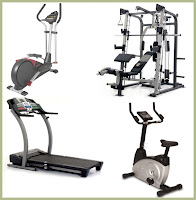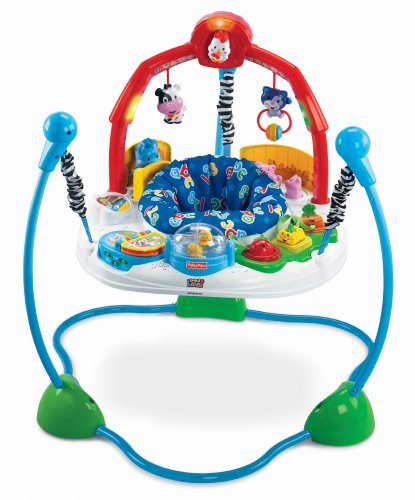
Fitness exercise doesn’t have to cost a ton of money. There are options for you that you may not have considered. You can always exercise at home. Discount stores and websites offer exercise equipment that you can have shipped directly to your door and the great thing about this method if that exercising costs you less. You can order the latest fitness DVD’s at drastically low prices and use them repeatedly instead of paying per class. You can even invite your friends over and you all can benefit from your purchase.
Train More Effectively With A Heart Rate Monitor – Today’s heart rate monitors have made it easier for athletes of all levels to get the same feedback they would get from a high-priced trainer. It’s like having a personal coach strapped to your wrist.
Until you get a heart rate monitor, you measure your effort by time or distance. With a heart rate monitor, however, now you can get a better indication of effort. And it comes from the heart. Literally. Your heart will tell you how hard you are exercising, how fit you are, and how you are recovering. Knowing these things will make you training more effective.
A heart rate monitor consists of a watch unit worn on the wrist and a chest transmitter strap. The watch can be worn as a regular sports watch, and when not connected to the transmitter strap, will still give you time of day, alarms, stopwatch functions, etc. The chest transmitter senses your heartbeat and constantly transmits that information to the watch.
There are some units that don’t use a chest strap. These normally measure the pulse when the user places two fingers on each of two buttons on the watch face. Pulse is a decent measurement, but does not give you the same level of continual information a chest strap will.
One of many first things you must know when using a heart rate monitor is what your maximum heart rate is. The standard formula used is to subtract your age from 220. You can then calculate at what percentage of maximum you need to be exercising at.
When doing cardiovascular training, research says exercising at 60-70% of your maximum heart rate will be best for fat loss and to build endurance, while exercising in the 70-80% of maximum range will increase your fitness.
There are a selection of features available in modern heart rate monitors. Some are more useful than others. Of course, a constant measurement of heart rate is vital. It is helpful to have the ability to set zone alarms or otherwise manage to see where you are compared to your maximum heart rate. Some will do all the calculations for you, telling you when to ease up or to pour it on, depending on your workout for that day. Others will just show a heart rate number, and you may need to know what the upper and lower limits are for your workout.
It pays to shop around for the features you need, and not buy lots of things you don’t need. Too many extra features may confuse you and discourage you from using your heart rate monitor regularly. That’s bad. It’s better to get something simple which you can commit to using regularly. Still, if you can handle it, there are some sweet features available.
Whatever heart rate monitor you choose, use it regularly.
Read More about Fitness Treadmill Product Info
External Related : Find more data from Google
Internal Link : fitness Train More Effectively With A Heart Rate Monitor effectively train
Popular Search : Best Fat Burning Workout Elliptical , Fat Burning Exercises To Do At Home For Men , Fat Burning Exercises Dvd , Power 90 Fat Burning Express Workout Download , Fat Loss Exercise Routine , Fat Loss Exercise Machine , Fat Burning Exercises Stomach
Article Related :
Exercise Game Planning For Dieters
Healthy Hair Vitamins
Steroid Articles And Information And Their Si



